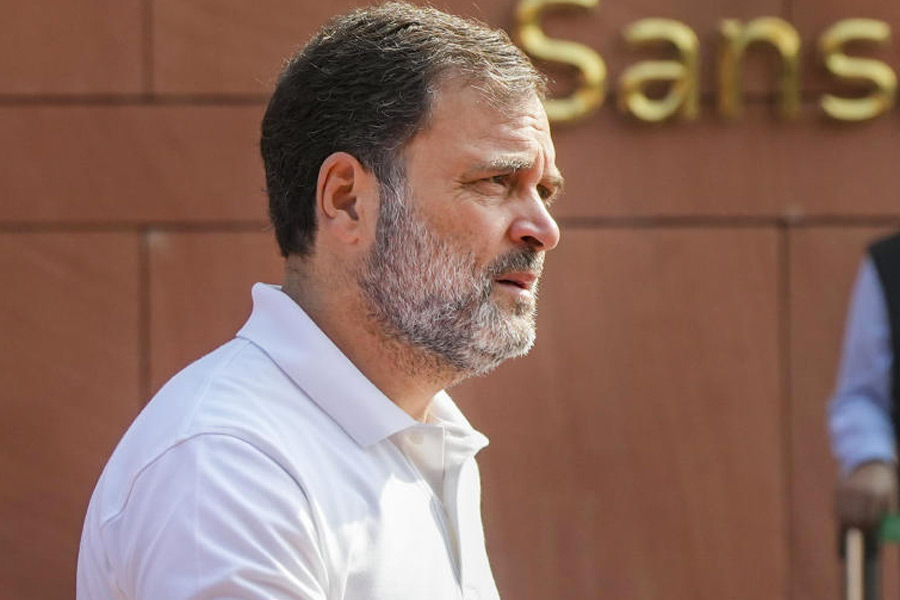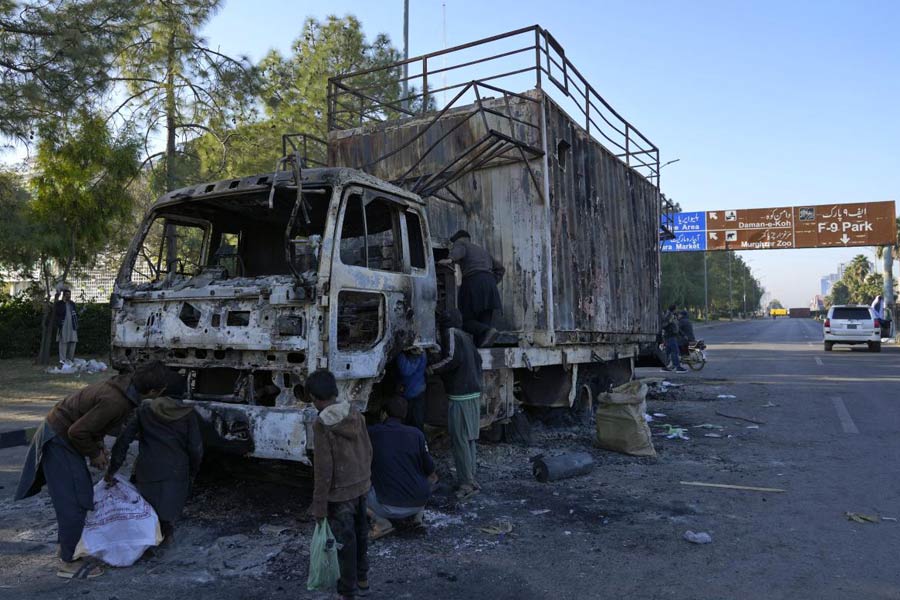Joblessness among urban youths was over 19 per cent or nearly three times the 2012 level even before Covid-19 hit India, official survey reports have shown.
The findings buttress the view that the Narendra Modi government’s economic decisions, including the 2016 demonetisation, had led to widespread unemployment.
Labour economist Santosh Mehrotra said the situation would be much worse now, after the lockdown.
He warned that the job scene would further deteriorate for educated youths in the next 10 years because of poor employment creation in a stressed economy where the entry of new job seekers was accelerating.
According to a paper published last year by Mehrotra and researcher Jajati Parida, titled “India’s Employment Crisis: Rising Education Levels and Falling non-Agricultural Job Growth”, the unemployment rate among youths (aged 15 to 29) was 6.1 per cent in 2012.
The paper had drawn its data from a National Statistical Office (NSO) survey.
Now the NSO, which conducts the quarterly Periodic Labour Force Survey, has uploaded the bulletins for the July-to-September and October-to-December quarters of 2019.
These and previous bulletins show that the overall urban youth unemployment rate was 19.2 per cent between October and December of 2019, down from 23.1 per cent in July-September 2018.
Mehrotra told The Telegraph the unemployment rate among urban youths is usually about half a per cent higher than the overall national average, implying joblessness among this group at the end of last year would have been nearly three times the 2012 figure.
“The unemployment figure for urban areas is always a bit higher compared with rural areas. The 2019 data show that the unemployment rate has almost tripled between 2012 and 2019,” he said.
“Most of the worsening (of the jobless rate has been) concentrated in the recent past, when the economy began slowing from its 8 per cent annual growth rate between 2003-04 and 2013-14.
“The employment situation has further deteriorated after the lockdown because of a contraction in the economy and the continuous and accelerating entry of fresh pass-outs from secondary schools, universities, technical institutions and training organisations.”
Mehrotra said this acceleration of new entrants into the labour force would continue till 2030. In contrast, the economy will take at least two years to return to the pre-Covid level, he said.
“The more important thing is to get back to the pre-Covid per capita income. That will take time. So, the unemployment situation will further deteriorate for the educated youths in the next few years,” he said.
The Mehrotra-Parida paper had said the unemployment rate in 2012 was 1.7 per cent among illiterate youths, 3 per cent among youths with primary education, 4.5 per cent (middle education), 5.9 per cent (secondary education), 10.8 per cent (higher secondary), 19.2 per cent (graduates) and 21.3 per cent (postgraduates).
Mehrotra explained that uneducated youths, who are usually poor, somehow manage to find some sort of physical labour while many educated urban youths choose to wait for skilled or quality jobs.










